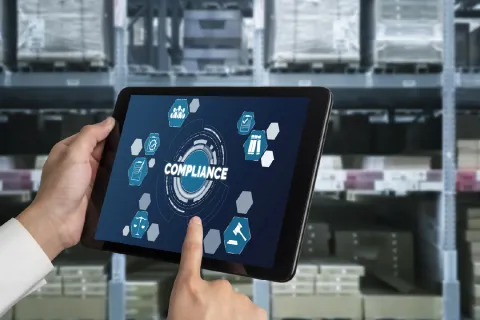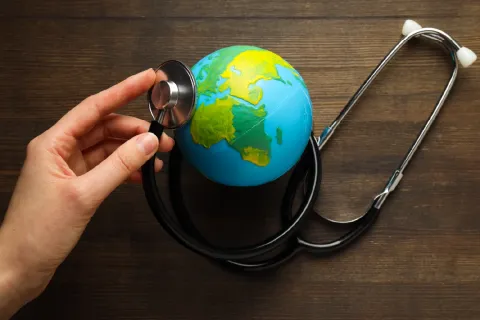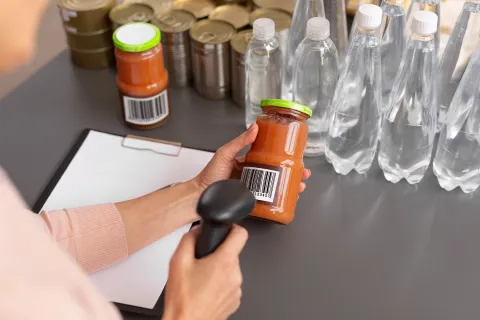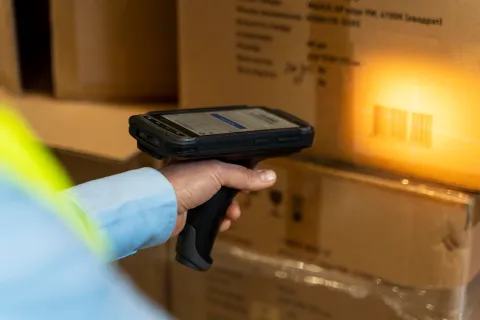
In today's globalized world, the accessibility and availability of essential medications are crucial for the well-being of individuals across different regions. However, one significant challenge that hinders drug accessibility is pharma-regional labeling. With evolving global Regulatory frameworks and the rise of digital labeling, structured content management, and global labeling governance, regional variations continue to influence market access strategies.
Regional labeling refers to pharmaceutical companies tailoring drug labels to specific regions or countries, often resulting in variations in drug availability and information. This blog post aims to explore the impact of regional labeling on drug accessibility and discuss potential solutions to bridge the gap for patients. As global markets adopt eLabeling, QR-code–enabled patient information, and structured labeling (SPL), understanding these dynamics has become more critical than ever.
Understanding Regional Labeling
Regulatory requirements, cultural differences, and language barriers primarily drive regional labeling. Pharmaceutical companies must comply with different regulations and guidelines set by various Health Authorities in various regions. Consequently, they may need to modify drug labels to meet specific requirements, including language translations, dosage instructions, and safety warnings. While this practice is intended to ensure patient safety and Regulatory compliance, it can create barriers to drug accessibility. Additionally, disparities in global labeling frameworks, lack of standardized digital formats, and inconsistent implementation of international labeling guidelines further contribute to accessibility challenges.
Challenges Faced by Patients
The impact of regional labeling on drug accessibility is felt most acutely by patients who require access to specific medications. Here are some key challenges faced by patients:
Limited Availability: Regional labeling can lead to variations in drug availability across different regions. Some medications may be approved and readily accessible in one country but not in another. This discrepancy can significantly impact patients who rely on these medications for their health and well-being. Regional variations may also delay market entry due to additional labeling-related Regulatory submissions and country-specific dossier updates.
Language Barriers: Translations of drug labels are often required to cater to different regions. However, these translations may not accurately convey the intended information, leading to confusion or misinterpretation for patients who do not speak the language fluently.
Inconsistent Information: Regional labeling can result in variations in drug information, including dosage instructions, contraindications, and safety warnings. Patients who travel or relocate may find it challenging to understand and follow the correct guidelines, potentially compromising their health and safety. Inconsistencies may also arise from unaligned CCDS-to-LPD updates, incomplete safety variations, or lack of harmonized structured labeling content.
Solutions to Bridging the Gap
To address the challenges posed by regional labeling and improve drug accessibility, several potential solutions can be explored:
Harmonization of Regulatory Standards: Encouraging international collaboration and harmonization of Regulatory standards can help streamline drug approval. This would reduce the need for extensive regional labeling modifications, making medications more accessible across different regions. Initiatives such as global labeling governance frameworks, ICH-driven alignment, and centralized structured labeling formats (such as SPL and ePI) are helping unify regional requirements.
Improved Translation and Localization: Pharmaceutical companies should invest in accurate and culturally sensitive translations of drug labels. Collaborating with language experts and local healthcare professionals can ensure that the information is effectively communicated to patients, regardless of their language proficiency. Localization supported by automated labeling platforms and AI-driven terminology management can further reduce translation errors and improve consistency.
Enhanced Patient Education: Healthcare providers are crucial in educating patients about their medications. They should be equipped with comprehensive and up-to-date information about regional labeling variations, enabling them to guide patients effectively and address any concerns or confusion.
Digital Solutions: Leveraging technology, such as mobile applications or online platforms, can provide patients with easy access to accurate and updated drug information. These platforms can offer multilingual support, personalized dosage reminders, and safety alerts, empowering patients to make informed decisions about their medications. Digital labeling, QR code–enabled patient leaflets, structured content repositories, and cloud-based labeling management systems are transforming how global labeling data is accessed and distributed.
Conclusion
Regional labeling practices significantly impact drug accessibility, creating barriers for patients in need. By addressing the challenges associated with regional labeling through harmonization of Regulatory standards, improved translation and localization enhanced patient education, and digital solutions, we can bridge the gap and ensure that patients have equitable access to essential medications. As global Regulatory expectations shift toward structured content, real-time digital labeling, and global labeling harmonization, pharma companies must adopt robust labeling governance frameworks.
It is crucial for stakeholders, including pharmaceutical companies, Regulatory bodies, healthcare providers, and patient advocacy groups, to collaborate and work towards a more accessible and patient-centric approach to drug labeling. Are you facing challenges in achieving regional labeling compliance? Contact us today for tailored solutions.









